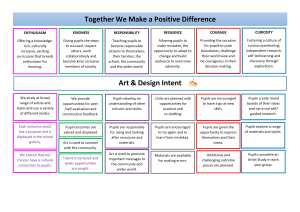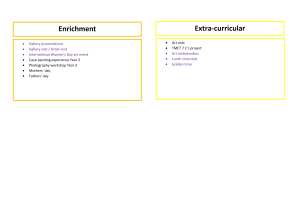Art intent
Art at Fosse Mead Primary Academy is underpinned by the national curriculum and our 6 school values.


Subject Progression
Subject Leader
C. Smith
Art intent
Art at Fosse Mead Primary Academy is underpinned by the national curriculum and our 6 school values.


C. Smith
Fosse Mead Primary Academy,
Balfour Street,
Leicester,
LE3 5EA
T: 0116 251 9261
E: [email protected]